13 Orange Cat Breeds
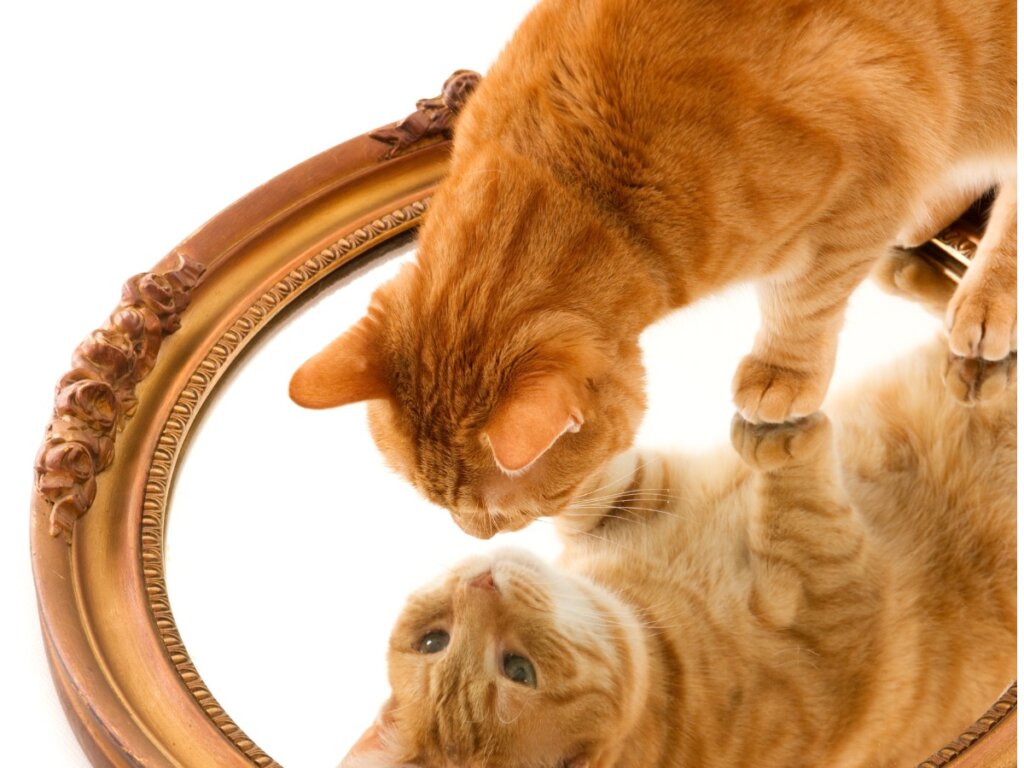
Orange fur is very common in felines. However, this trait isn’t found in all breeds, as each one of them has its own personality and unique characteristics. Orange cats can be long or short-haired, of different shades or with other colors as well, with patterns of spots or stripes. It all depends on the breed. Find out all about 13 orange cat breeds in this article.
Some of these cats are also known as orange tabby cats because they have the T gene, which is responsible for creating the orange pattern in their fur. Regardless of their breed, these felines will almost always have an “M” shaped mark around their eyes.
Read on and discover 13 orange cat breeds!
1. Persian cat
This is one of the oldest felines on record and one of the most prevalent orange cats in the world. Their fur is long and fluffy, and their colors vary, including white, black, and various shades of orange. It has a very striking round head and certain features that make it irresistible, but it’s one of the breeds most prone to serious ailments.
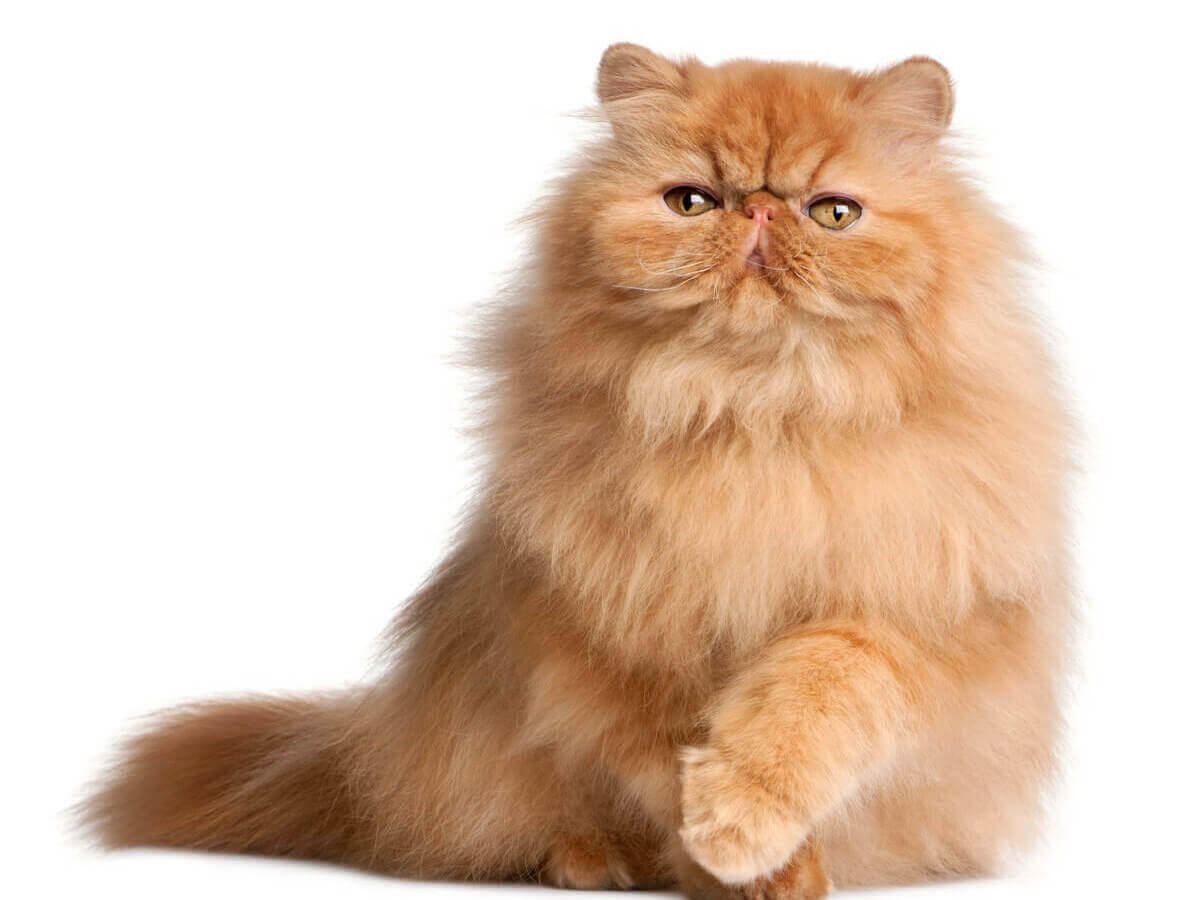
2. Toyger
These felids emerged in the 1980s in the United States (California), but it wasn’t until 2006 that they were officially accepted as a domestic breed. It’s a cross between different breeds to obtain a cat similar to a tiger, which is why you can also find specimens in orange colors. Its name, as you might have guessed, comes from the union between the words toy and tiger.
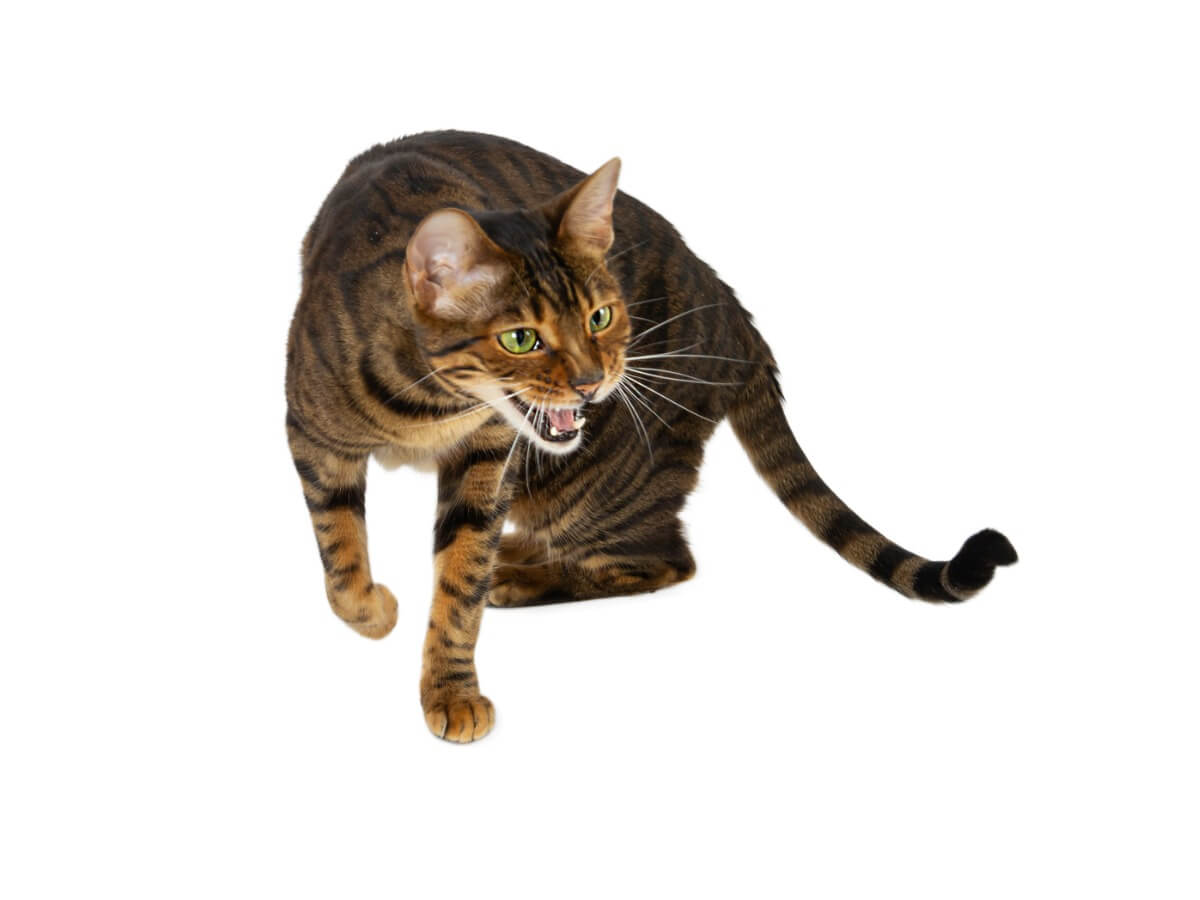
3. Orange cat breeds: Abyssinian cat
Abyssinian cats have a short-haired coat and a graceful appearance. Experts believe that they originated in Egypt or Ethiopia. They’re a very popular breed of orange cats due to their physical appearance, their friendly and playful nature and a definite need for socialization, much more than that of other domestic felines.
4. Oriental shorthair cat
This feline is originally from Thailand. Its face is long, its ears are open and it’s elegant, lively, and intelligent in equal measure. It can have many different colors in its coat, and of course, among them we find orange and its variations.
5. European cat
This feline is believed to be a descendant of the African wildcat and the jungle cat. These felines have a strong immune system and adapt easily to any environment. They’re independent and stubborn and their colors can be gray with black or orange.
The European cat is one of the healthiest breeds of cat as it hasn’t been subjected to constant interbreeding with consanguines.
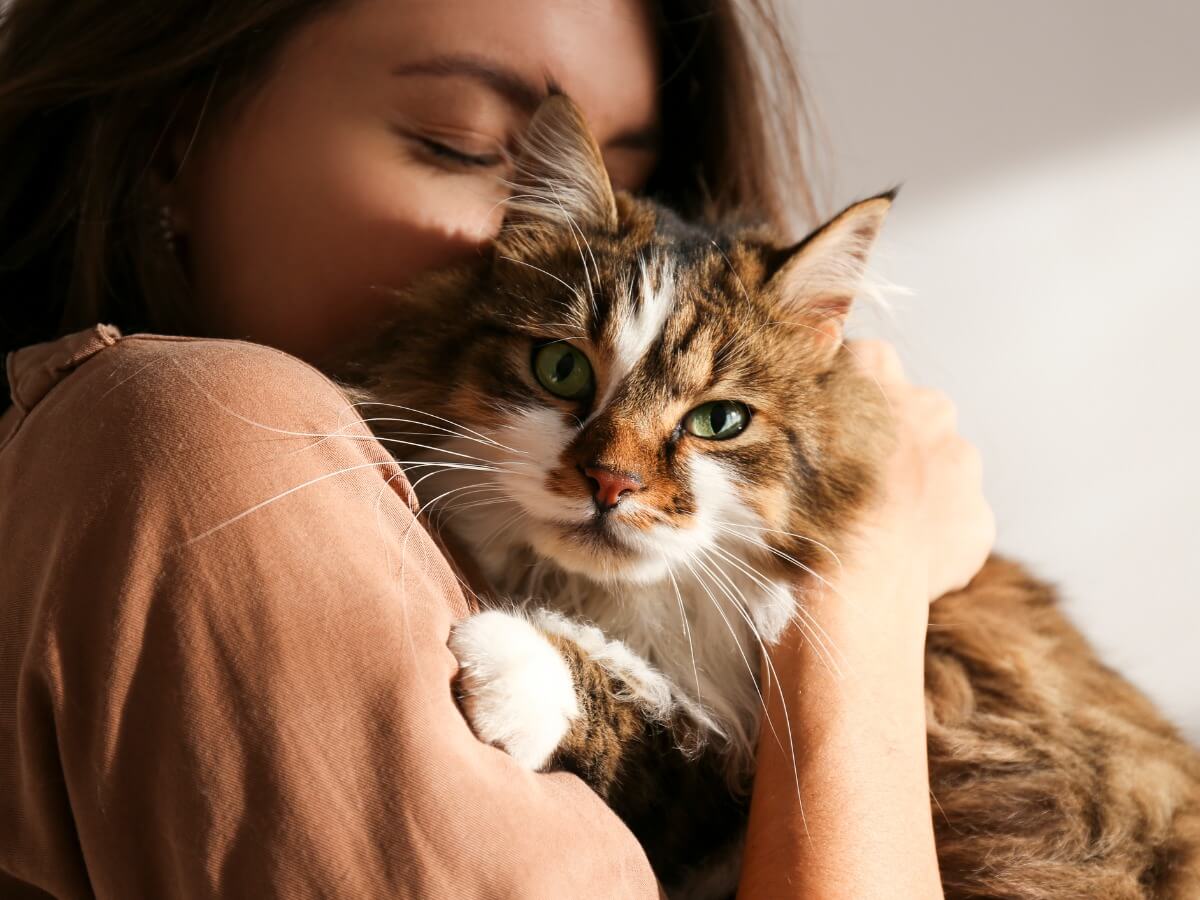
6. Scottish fold
Its ears are folded and its face is soft and round, and they look like one of the most adorable cats of all time. This breed developed spontaneously due to a random genetic mutation that occurred in some farm cats in Scotland. Like the rest of the members of this list, it can have light orange tones in its coat.
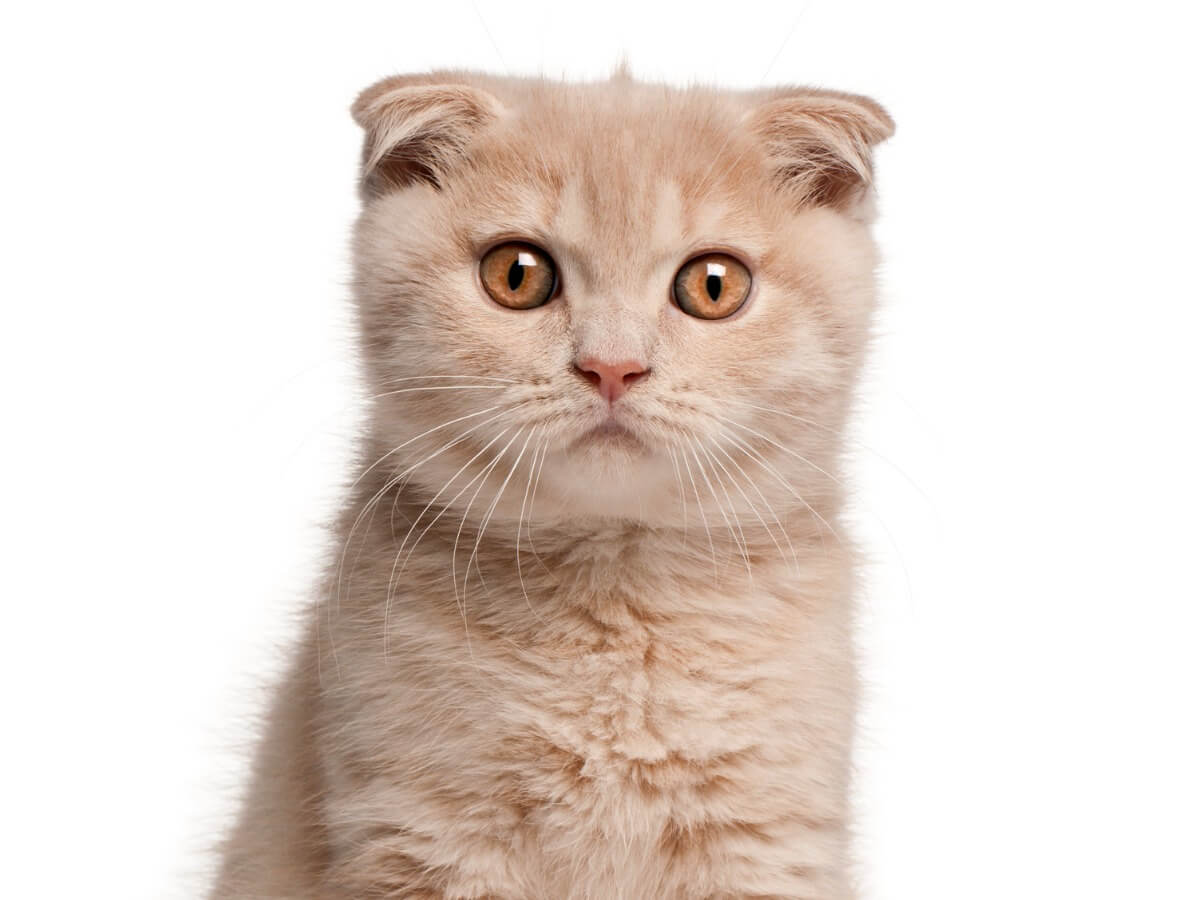
7. American Bobtail
These cats are known for their short tails, as their name suggests. They can be playful, energetic, and form strong bonds with people. The American bobtail comes with coats in various shades of orange, white, black, blue and beige, according to experts.
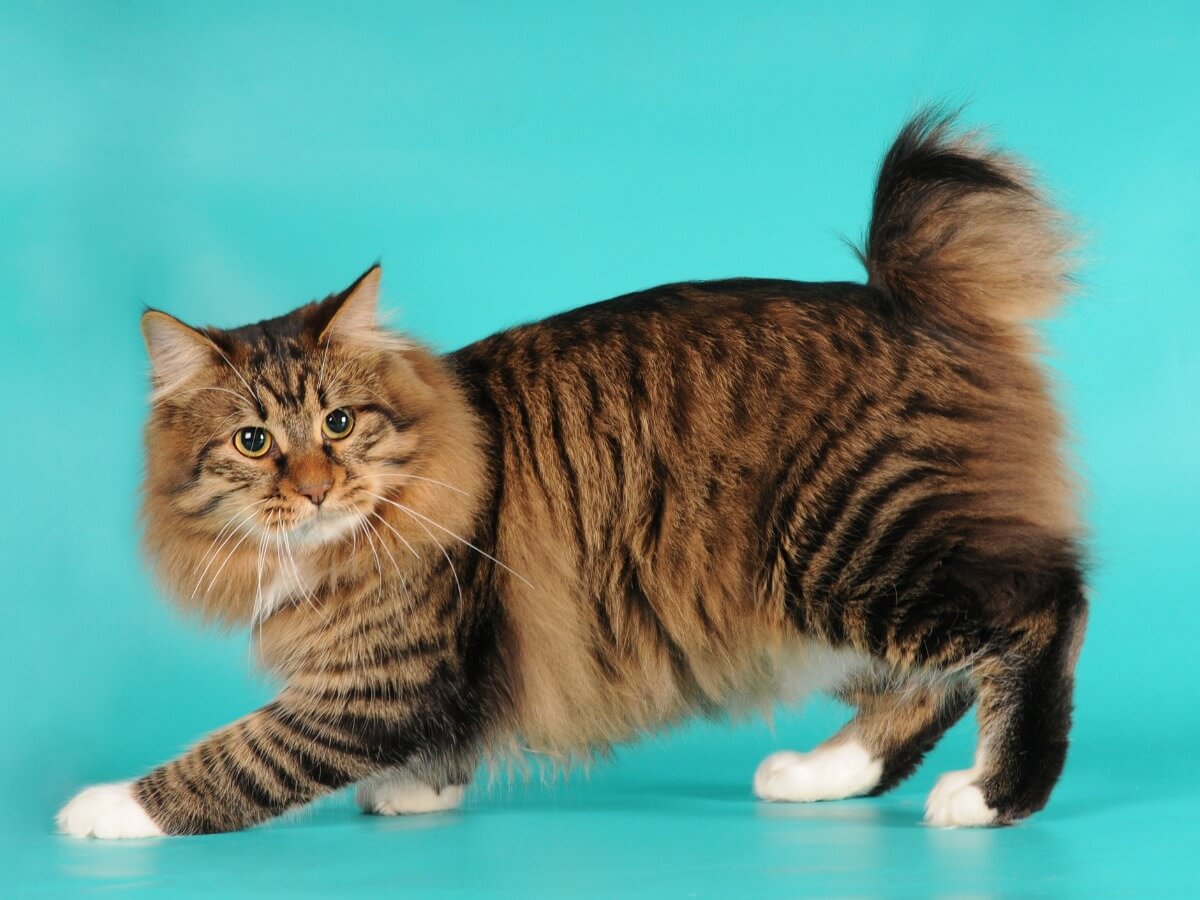
8. Bengal cat
Bengal cats are a hybrid between domestic cats and the Asian leopard cat (Prionailurus bengalensis). This is the reason for its beautiful spots, often with an orange color as a base. They’re usually very active and playful animals, so it’s essential to offer them a large space to explore.
In some regions of the USA the possession of these felines is prohibited, as they’re hybrids with wild species that have many congenital problems.
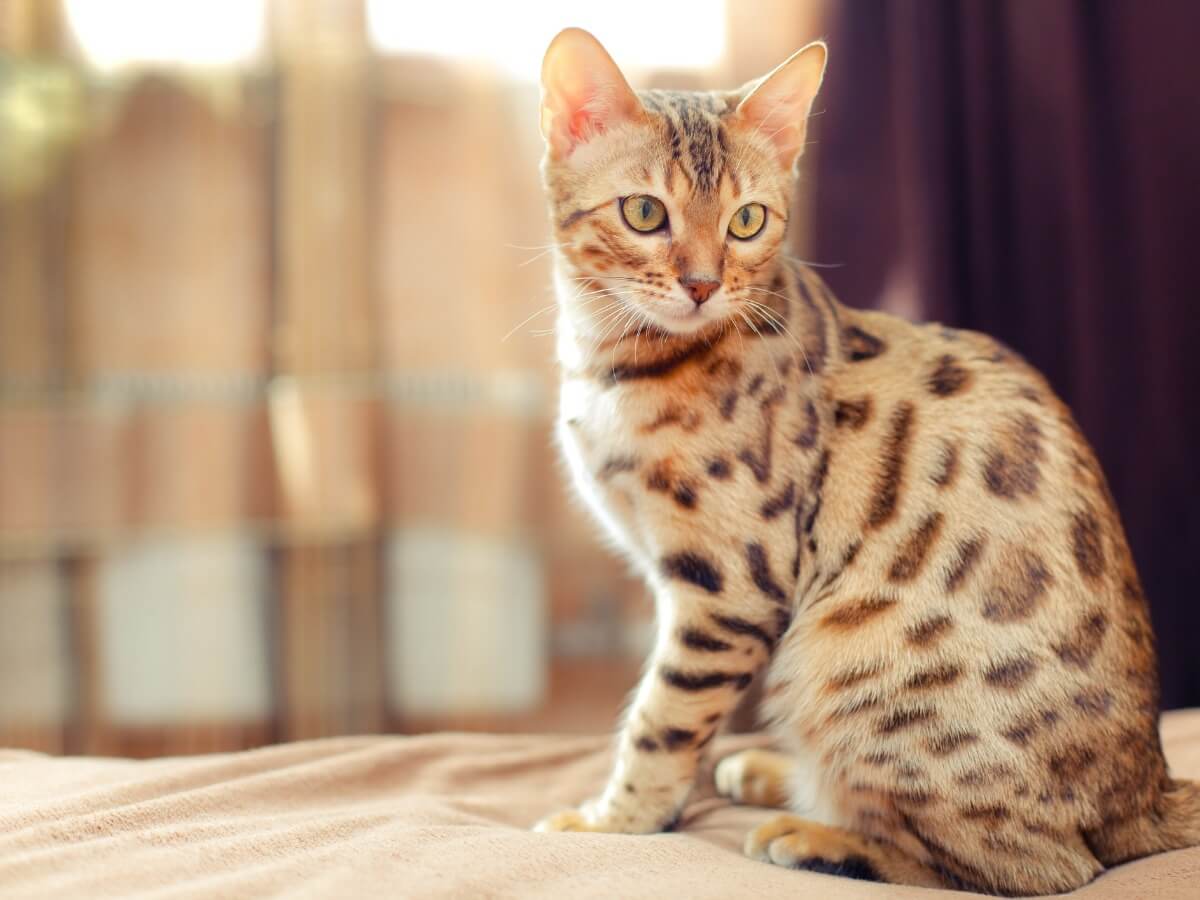
9. British shorthair cat
British shorthair cats are known for their round faces and thick, fluffy fur. They’re found in blue, white, black, cream and orange tabby colors. The thickness of their coats requires some maintenance and they are a very affectionate breed with their guardians.
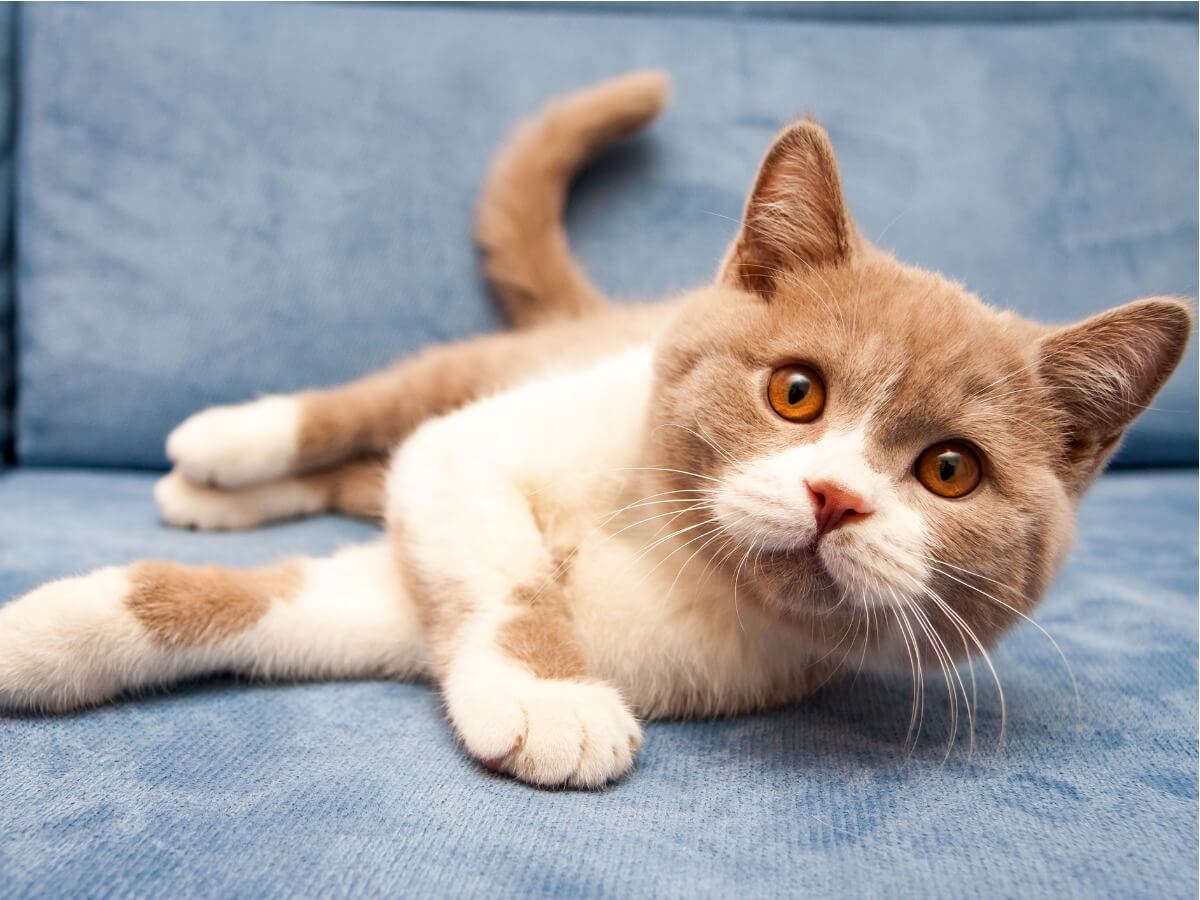
10. Maine coon
Maine Coons are the largest domestic cat breed in existence. They’re known for their long fur and bushy tails. They’re often referred to as “gentle giants” because, in addition to their large size, they’re friendly and love company. Most Maine Coons are light brown or orange in color.
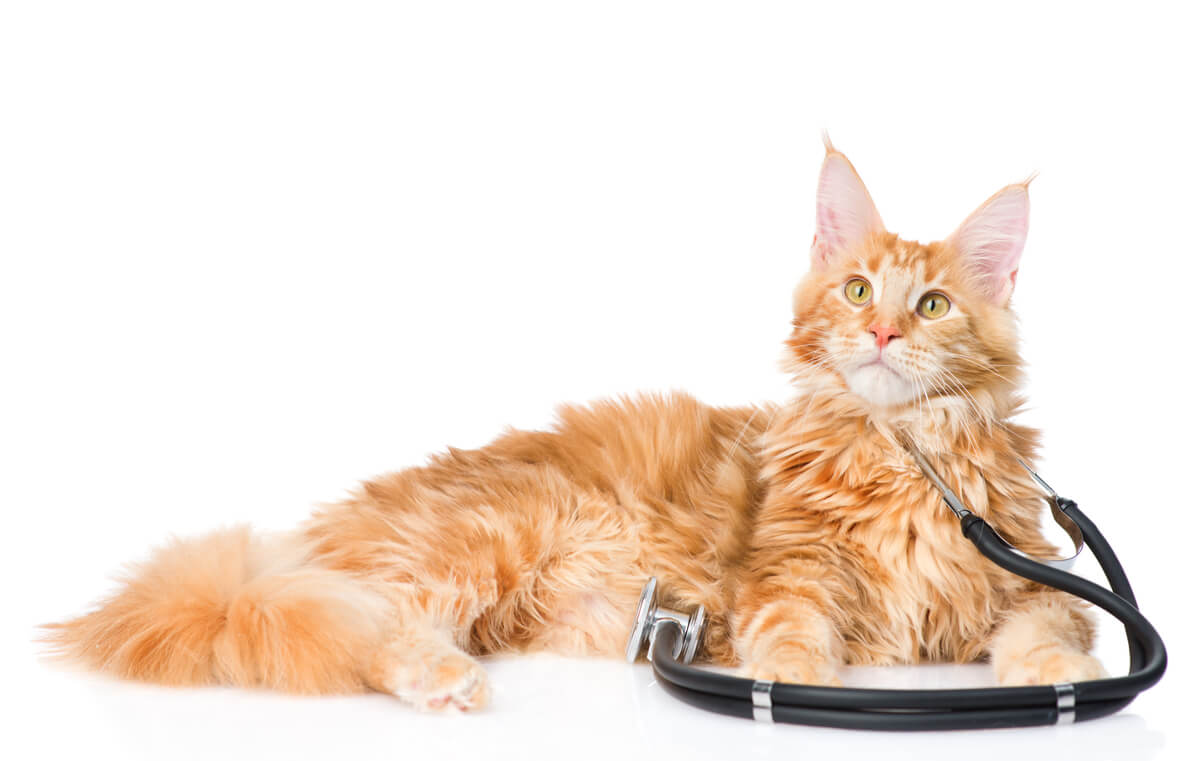
11. Turkish Angora
This breed of cat was domesticated in the 17th century in the Ankara region of Turkey. Turkish Angora can be found in a wide variety of colors, including ginger white, black, cream, and orange. Their long fur coat requires a fair amount of grooming. They’re very playful, loving, and loyal animals.
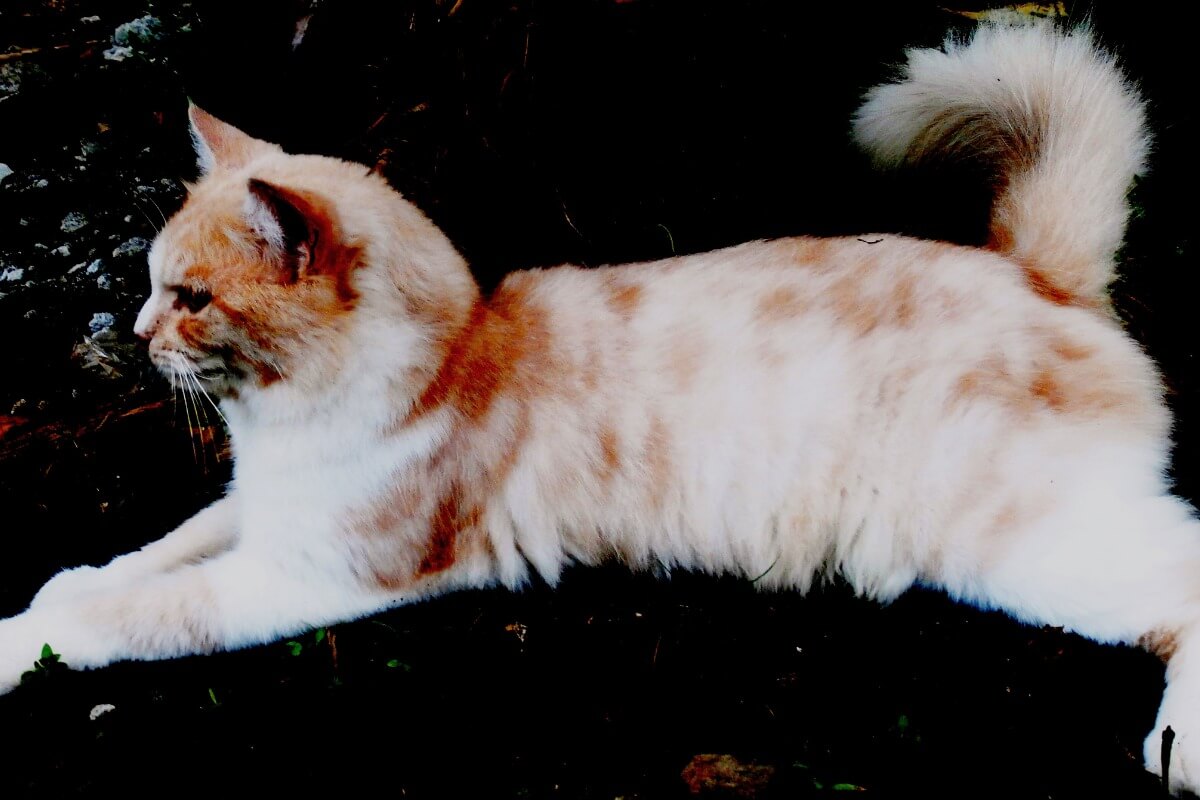
12. Exotic cat
This term designates a short-haired version of the Persian cat. Due to their relationship with the aforementioned relative, these cats also have an orange coloration, say professionals. Garfield, the famous cartoon cat, is believed to be a short-haired exotic.
13. Munchkin
These little guys are known for their short legs and furry looks. In addition, they’re sociable, active, and playful felines. They have a reputation for stealing toys and shiny objects to hide, so every guardian should keep the most precious possessions in the house out of reach.
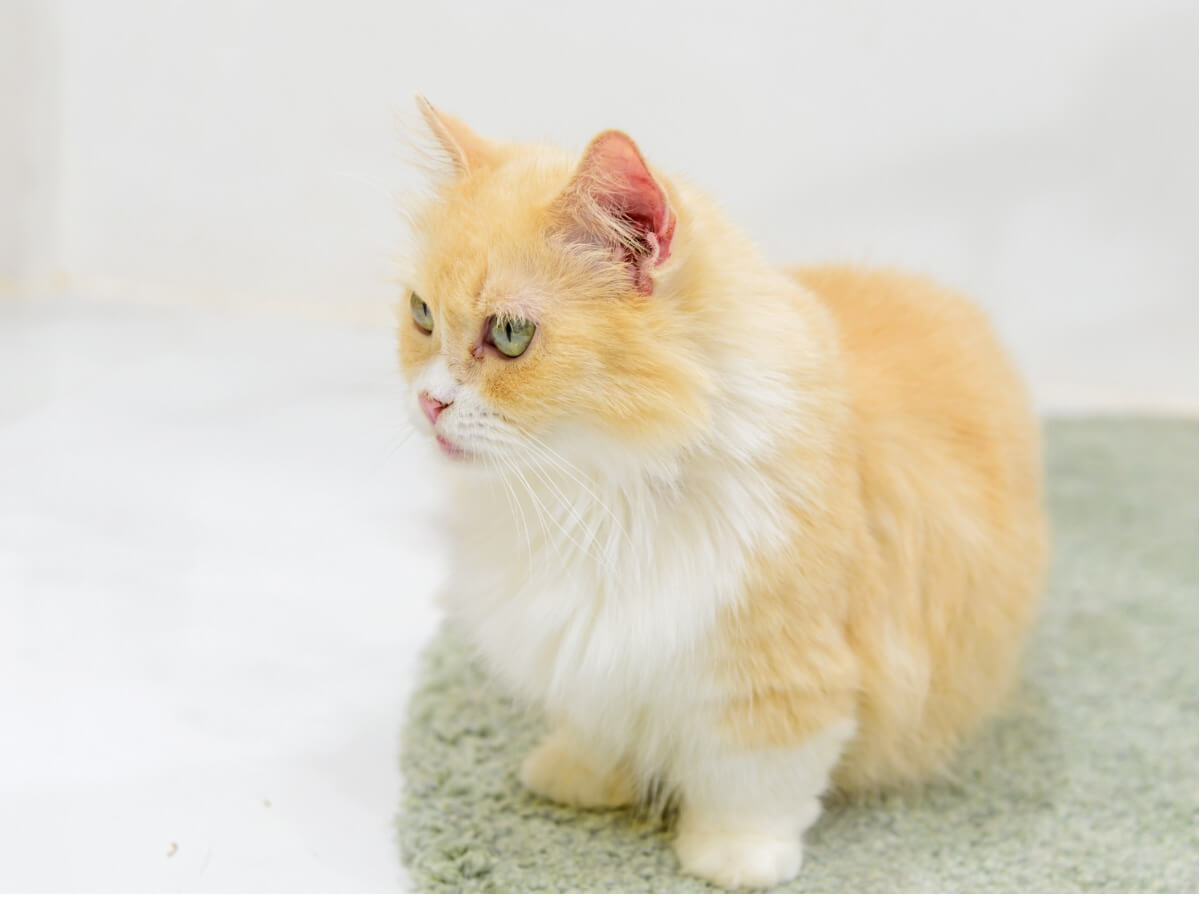
General characteristics of orange cat breeds
Orange cats don’t have any specific behavior, as their character depends on their breed. However, they all tend to be very active and affectionate, like most trained domestic cats.
The gene responsible for orange fur is on the X chromosome. For female cats to have a hue of this type, they need this gene to appear on both sex chromosomes (XX), while males only require a single copy to produce an orange tone. For this reason, only one in 5 orange cats is a female, professional sources say.
All cited sources were thoroughly reviewed by our team to ensure their quality, reliability, currency, and validity. The bibliography of this article was considered reliable and of academic or scientific accuracy.
Adams, C. (2021, 14 julio). 11 Orange Cat Breeds (With Pictures). Excited Cats. https://excitedcats.com/orange-cat-breeds/
Caro, G. (2020, 15 septiembre). Curiosidades sobre los gatos naranjas. ¡Alucinantes! MuyInteresante.es. https://www.muyinteresante.es/mascotas/fotos/sabes-de-donde-proceden-los-curiosos-gatos-naranjas/la-m-en-la-frente
Gerrity, S. (2020, 21 octubre). 8 Orange Cat Breeds for Anyone Who Loves a Redhead. Daily Paws. https://www.dailypaws.com/living-with-pets/pet-compatibility/orange-cat-breeds
Hermano Gato. (2020, 4 diciembre). Gato Toyger: ORIGEN, CARACTERÍSTICAS Y CUIDADOS Índice del contenido Origen Seguir Leyendo. 😺 Hermano Gato 😺. https://hermanogato.org/razas-de-gatos/gato-toyger/
Merino, S. C. (2021, 14 enero). 7 razas de gatos que pueden ser naranjas. Su Médico. https://sumedico.lasillarota.com/mascotas/7-razas-de-gatos-que-pueden-ser-naranjas/330970
